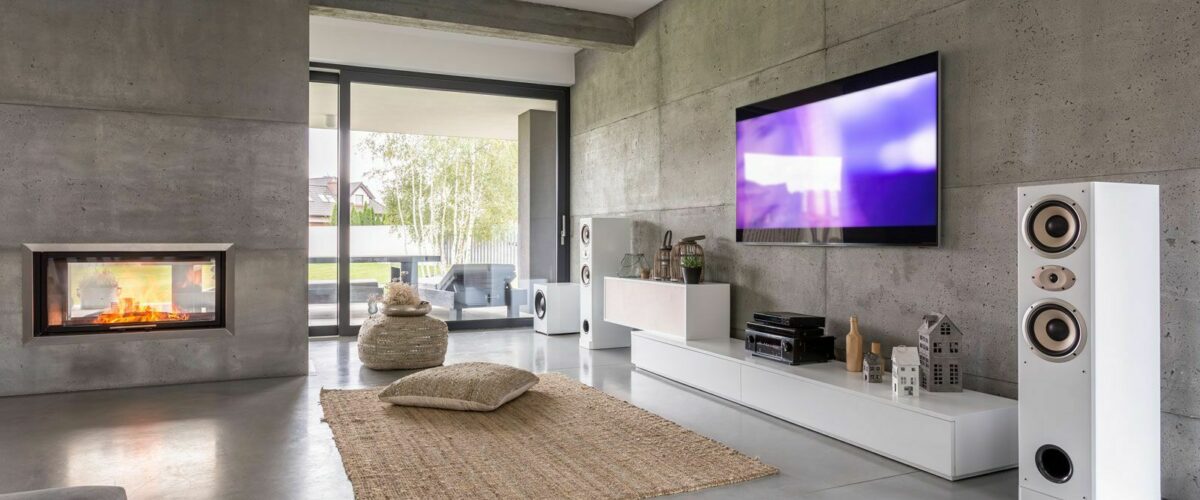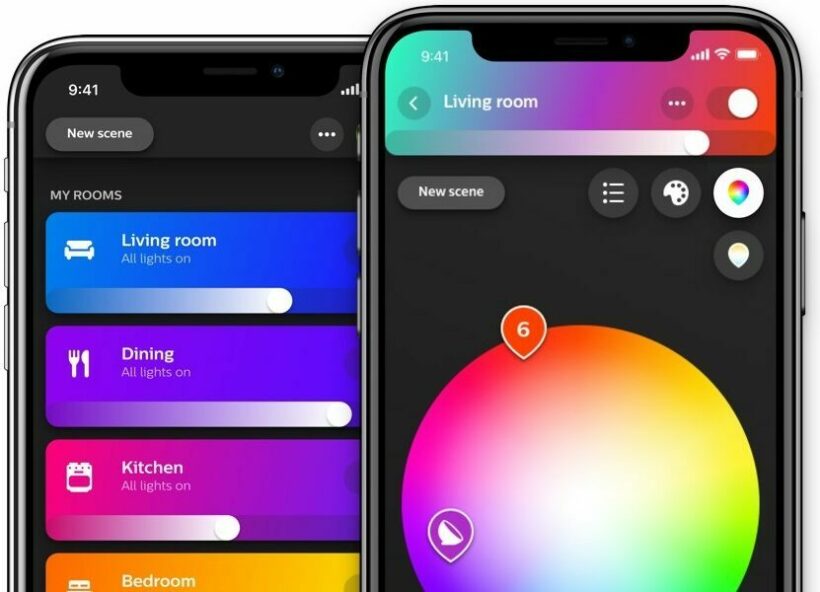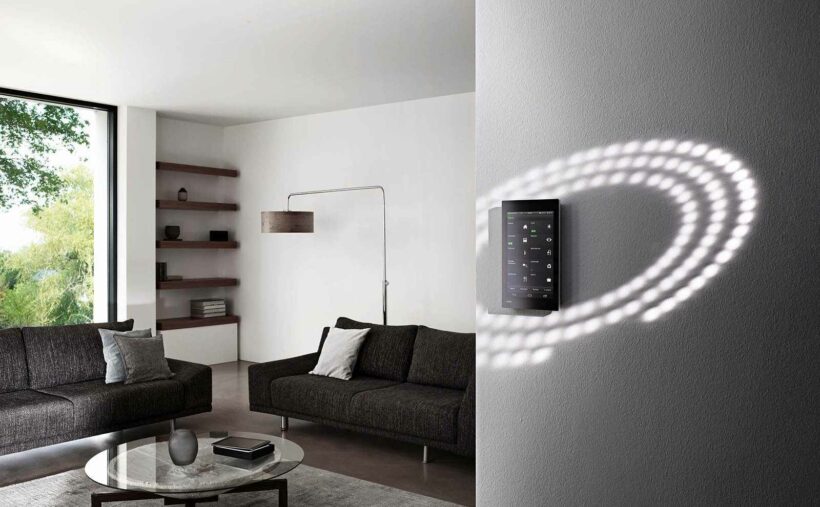
The 3 stages of home automation
When creating your smart home, there are a lot of choices to be made and even more factors to be considered. What do you want to automate, what is your budget, which devices are best suited for you and how do you make these different devices work together as a whole? No wonder home automation is often taken step by step. So let’s take a look at the different stages you might go through during your home automation journey.

Stage 1: Get your gadget on
When just starting out with home automation, smart gadgets are a safe and low-cost way to play around with before committing to a more advanced smart system. There are thousands of gadgets available, each with its own functionality. Ranging from smart plugs and lightbulbs, to automated vacuum cleaners and even smart pet cameras with treat dispensers.
Take for example one of the most popular smart home devices: lights. With simple tasks like dimming your lights from the other room or creating a schedule for your outdoor lighting, your home already got smarter without too much technicality. Just screw your lightbulb into your light fixture and you’re ready to roll. Most manufacturers even provide you with a mobile app to control your smart lighting, e.g. Philips Hue.
A gadgetfreak’s dream, right? A gadget for every aspect in your home sure is fun and no doubt a great starting point. But with an app and controller for every device, the smart home you’re trying to create can become a burden and the term “automated” will soon lose its meaning.

Stage 2: Take control
So let’s take control of your smart devices, and thus your smart home. Limiting the control of your devices to just one app or device allows you to not only manage, but also check the status of your smart home using the same interface. You’re basically creating a centralized system, meaning all of your devices are connected to one central device.
Amazon Alexa is a great example of a home control device, enabling you to control your devices with voice commands. All you need to connect your compatible smart devices to the Amazon Alexa App is wifi and you’re all set. Now you can control and automate your Philips Hue Lamps, Ecobee Thermostat, LG Smart TV and many more, all in one place.
So what’s the catch, you ask? One word: compatibility. With hundreds of different manufacturers and thousands of technologies going around, it’s not unusual that the devices that you want to connect are not compatible at all. So caution is advised when planning your smart home.
Thankfully, more and more manufacturers are moving towards an open ecosystem, making it easier to centralize control. But if you really want to fully integrate your smart home without having to worry about expandability, then you might be ready for stage 3: a decentralized home automation system.

Stage 3: Decentralized your system
In a nutshell, a decentralized home automation system is a system where all of your devices are interconnected and talking to each other. These systems, like KNX’s, are actually wired in your house and don’t just depend on one smart hub device or controller that quits when your wifi goes down, making all of your other smart devices useless.
KNX is one of the most popular home automation systems and offers its software to manufacturers all over the world, such as Bosch and Niko, putting an end to your compatibility problems. Chances are that the devices you already own are most likely compatible with your KNX system.
Take a look at Gira’s KNX System, making it possible to seamlessly integrate your lighting, heating, intercom, entertainment systems and more. All controllable with displays such as the Gira G1 and giving you the freedom to expand your smart home without limitations.
Running on software that is automatically updated, KNX is one of the most future-proof systems on the market. Downside is that KNX is not as easily configured as centralized systems. Unless you’re one yourself, you will need a certified installer to wire and install your system. Making a decentralized system a more time and cost incentive option, nevertheless the most sustainable option.
Whether you take it step by step starting with one gadget at a time, or you decide to take the leap and choose to install a home automation system like KNX. Home automation is a game made for everyone. Thanks to countless manufacturers and solutions, you can get started with your smart home right away. Expanding as you go, creating the smart home of your dreams.


